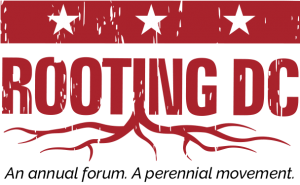By Maddie Ramey
Green beans on sale. Cukes at two for a dollar. A couple of years ago, as I meandered around the produce aisles at Giant, trying to figure out what to make for dinner, my brain experienced an all-too-common blip of cognitive dissonance, of “this is all here, in front of me, but it can’t actually be from here…can it?” And, “Where are these things growing right now in such abundance that they can be on sale? Because — *looks at hard, icy ground outside* — I doubt it’s here.”
While at the time I was not particularly agriculturally savvy, I knew just enough from volunteering at the community garden near my house to realize that me seeing a tomato in a DC grocery store, in January, meant that the tomato was “in season” in the same way it’s always five o clock somewhere. It was tomato season in some part of the world – likely Mexico, or maybe California – but not around here.
It can be hard to understand what “in season” means when all types of produce can be made available at all times of the year (some items are maybe more obvious than others – a tropical fruit like a mango, for example, didn’t come from anywhere in the mid-Atlantic). It’s even harder if you grew up without connections to a person or place able to give you a better frame of reference – a childhood with a garden or in a rural area, or a relationship with someone who worked the land. Personally, my experiences with fruit and vegetable gardens were few and far between growing up – so while the mango couldn’t fool me, I felt less sure about the kale…and the eggplant…and the scallions…
There’s also, I think, a certain kind of shame that accompanies these feelings of not-knowing. A nagging sense of loss and abstraction, of coming into contact with this food that maybe, in a different time or place, we would have known and connected to more intimately.
What ultimately helped me end my seasonality-confused brain fog and veggie shame was getting a good definition of what “in season” really means, and becoming familiar with what can grow in the DC area throughout the year.
I believe it’s generally helpful to think of seasonality as the specific set of environmental conditions that permit a specific plant to live. These tend to be varying combinations of light, heat, and water. When plants can exist in their ideal combination of conditions depends both on the time of year and the plant’s location – and as a result, tying “in season” closely to geography.
But as a farmworker on a small-scale veggie operation in southern Maryland, I feel like my understanding of seasonality has shifted yet again. As a producer you’re frequently motivated to start crops earlier and end them later in order to be among the first to offer a crop to customers, as well as the last when other farmers are no longer producing that particular crop. The techniques used to accomplish this all fall under the umbrella of season extension – intervening to extend the period of time in which an environment meets that specific set of conditions a plant needs to grow.
While of course the environment in which you farm still exerts the majority of the influence over what you grow, most environmental conditions can be manipulated to extend a plant’s life in the farmer’s favor. Irrigation is water manipulation, while row cover and hoop houses are heat retainers and pest protectors. On the farm where I work, we planned our winter planting schedule carefully around the diminishing heat and light we knew the plants would endure over the winter, aiming to grow them large enough before the amount of daylight dipped below ten hours a day and then keeping them alive by swathing them in row cover and sheets of greenhouse plastic. It feels inaccurate to say winter is a kale plant’s season, but with the right amount of planning and some protection offered from us, our kale plants were able to thrive well past their regular growing period.
Most critically affecting our ability to understand seasons as well as our ability to shape plant life through and around them, however, is climate change. As both eaters and farmers, we need to reckon with the ways in which climate change shifts our understanding of seasons in the DC area, and what can grow in these seasons. At the farm, we planned on our salad greens staying small through January, anticipating that the cold and darkness would halt their growth. And then…it was 60 degrees. For several days. In the middle of winter. And things kind of went bananas and doubled in height over the course of a week. In 2018 an historic amount of rain fell on our region, while in 2019 a severe drought in late summer scrambled our fall growing. The list of unpredictable weather events goes on and on.
What we traditionally understand to be seasonal weather in our area is shifting, eroding a bit. In order to be best prepared for eating and growing as responsibly as possible as we move forward into an era of climatological flux, I think we need to clearly understand what has been able to grow in our area, as well as what could possibly grow in our region if it was much warmer, or much wetter. The sooner we can adapt our growing and eating to changing seasonal realities of crops, the more empowered we as growers and eaters will be.
Maddie (she/hers) is a beginner farmer living and farming in the DC area. She’s committed to working towards a more just and environmentally sustainable food system. She loves garlic, puns, and dogs, among other things. You can find more of her thoughts about agriculture at dirtalertblog.blogspot.com.


